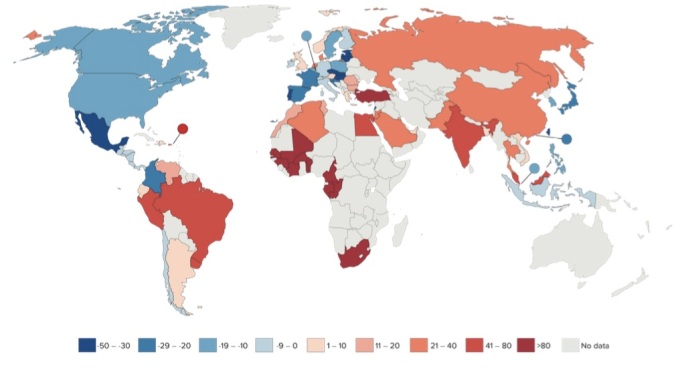The World Humanitarian Day is today August 19th, 2016 and the theme for this year is “One Humanity”. The day was designated in 2003 to honor the lives of 22 humanitarian workers who were killed in a terrorist attack in Baghdad, Iraq.
Currently, there are 130 million people who are living in crisis and face impossible choices. All wars, conflicts and internal displacements disrupt the strong social, economic and cultural support systems that people have built and cultivated over the years. This decimation of all forms of support has a direct impact on people’s mental and physical health. The consequences also extend to our colleagues who put their lives in danger to serve people in many conflict zones. You will recall the loss of lives from the many acts of violence against hospitals and clinics.
As global/public health professionals, it is our duty to take a stand and commit today to move the needle on the 7 core commitments that were identified at the World Humanitarian Summit that happened in May 2016.
At a minimum, we can do these few things listed below, learn more about these here (scroll down to the bottom of the page):.
- Support the Agenda for Humanity
- Take the Humanitarian Quiz and see the impossible choices people face
- Tweet your country's leader and ask them to commit to action
- Donate to the UN's Emergency Response Fund
- Sign Up to Messengers of Humanity so you can stay involved
- Start Impossible Choices to walk in the shoes of a refugee
If you are in the mood to learn about some of the horrendous choices people in conflict zones have to make, take the “Would You Rather” quiz here.
This post has been cross posted to the IH blog.






